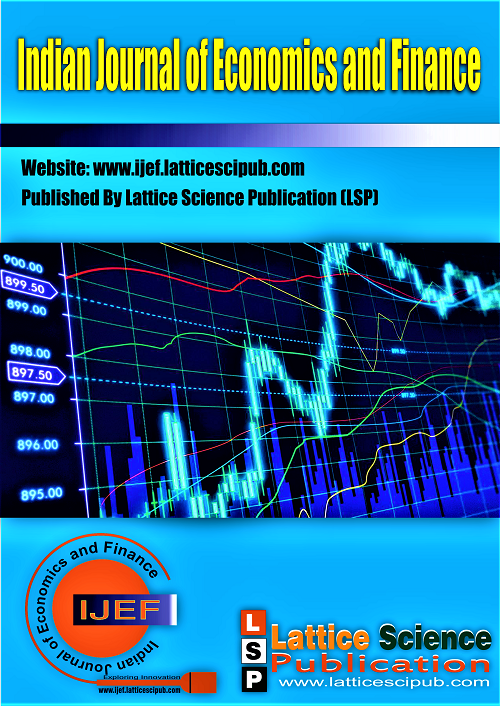The Tunisian Economics’ Situations After the Revolution of Arab Spring 2011
Main Article Content
Abstract
The Tunisian economic facts after the so-called the Arab spring or social revolution have been marketed by numerous fluctuations and radical changes in the general situation of the management of the administrative affairs of the country. The most prominent of these facts, including the series of chaotic sit-ins and the political and security instability that has increased from 2011 to 2018, note in particular the emergence of the phenomenon of terrorism and assassinations. These negative results are too the expensive cost of the Tunisian national economy, which has been directed, affected by all vital sectors of the country’s economy, especially the tourism, trade and investment sectors. In addition, the increase in excessive wages during the first three years following the revolution and the increasing number of random sit-ins that led to the cessation of the production in the Gafsa phosphate mine and the failure to work for most of the public servants represented negative factors that led to a decline in productivity and an increase in the financial and trade deficit. Thus, the budget deficit and the accumulation of indebtedness represent the main obstacle to achieving social and economic stability.
Downloads
Article Details

This work is licensed under a Creative Commons Attribution-NonCommercial-NoDerivatives 4.0 International License.
How to Cite
References
African Development Bank Group, (2012), “Tunisie – African Economic Outlook”, Perspectives économiques en Afrique, BAFD, OCDE, PNUD, CEA.
B. Subhayu, and S. Todd, (2014b),”The Effects of Terrorism on Trade: A Factor Supply Analysis”, Federal Reserve Bank of St. Louis
Review, Vol.96, N°2, pp. 229-241.
B. Subhayu, S. Todd, and Y. Javed, (2015), “The Toll of Terrorism”, Finance & Development, (June), pp.26-28.
G. Joffé, (2011), “The Arab Spring in North Africa: Origins and Prospects”, The Journal of North African Studies, Vol.16, N°4, (December), pp.507-532. [CrossRef]
Malik, and B. Awadallah, (2013), “The Economics of the Arab Spring”, World Development, Vol.45 (May), pp.296-313. [CrossRef]
Mazarei, and T. Mirzoev, (2015), “Four Years After the Spring”, Finance & Development, (June), pp.55-57.
F. Sabbagh, (2017), “The Study of Economics Tunisian Situation”, Edition Neel and Fourat. Arabic version (March 2018)
P. Trape, and K. Abderrahim, (2016), “Tunisie – African Economic Outlook”, Perspectives économiques en Afrique, BAFD, OCDE, PNUD, CEA.





